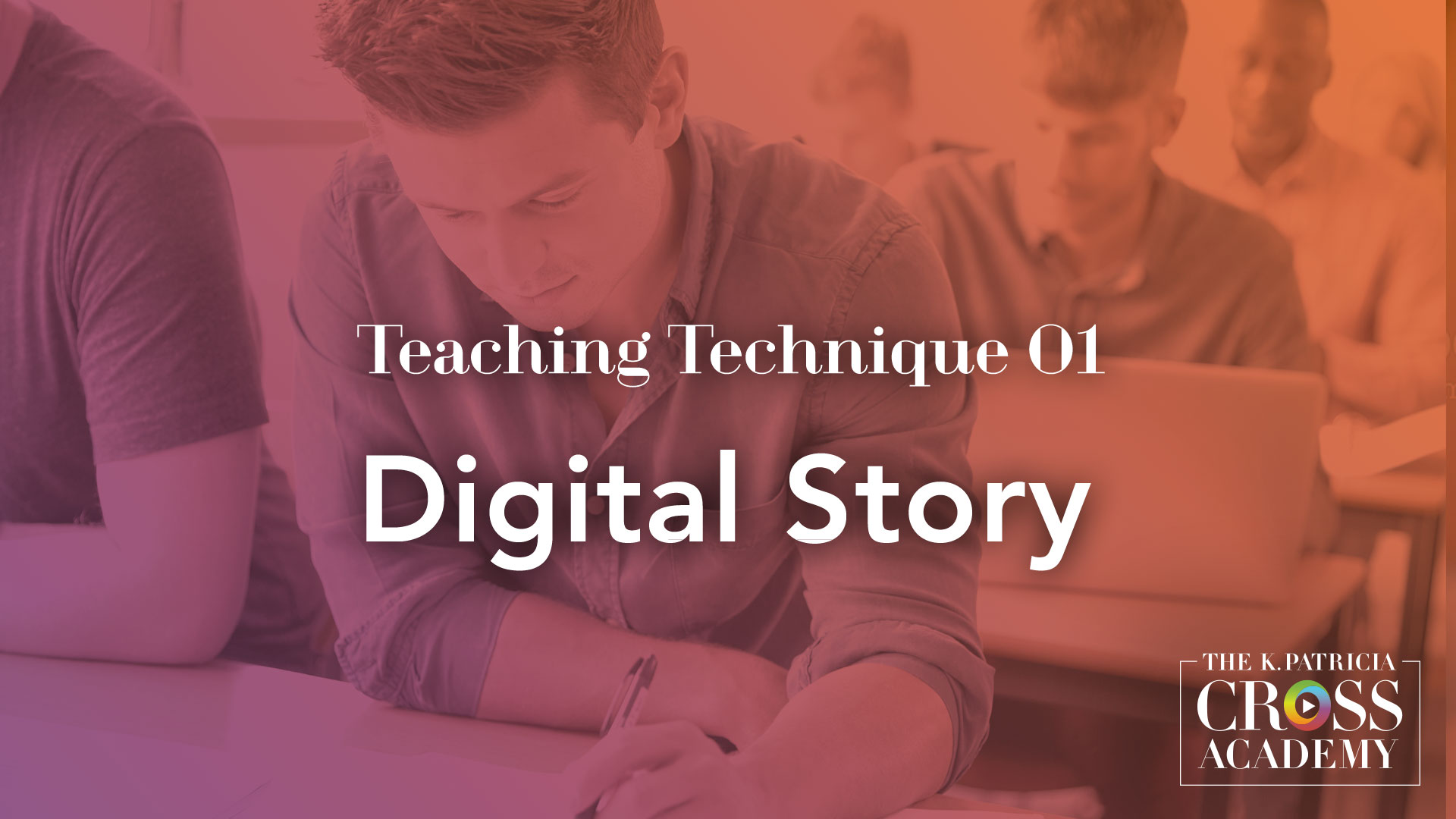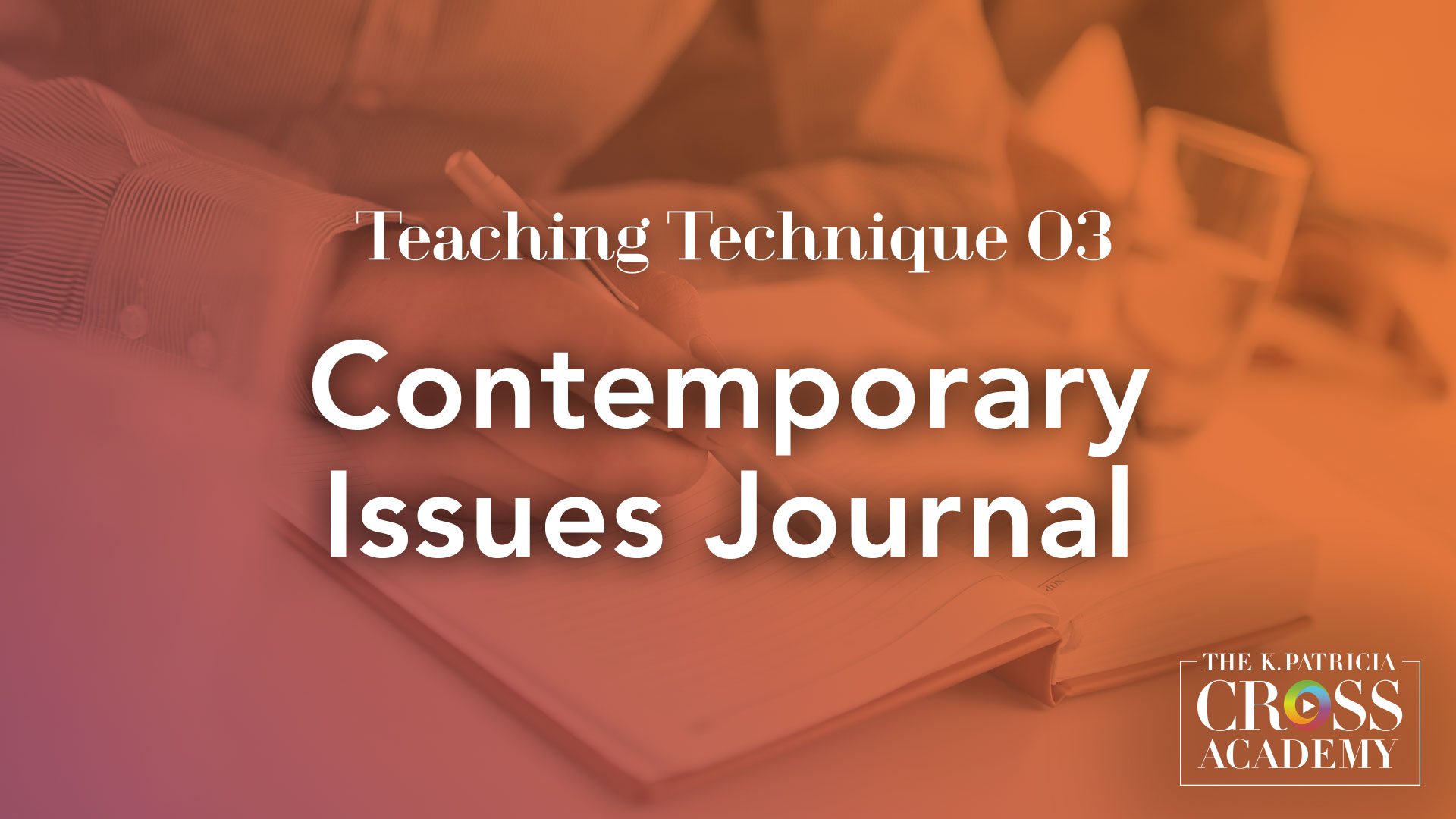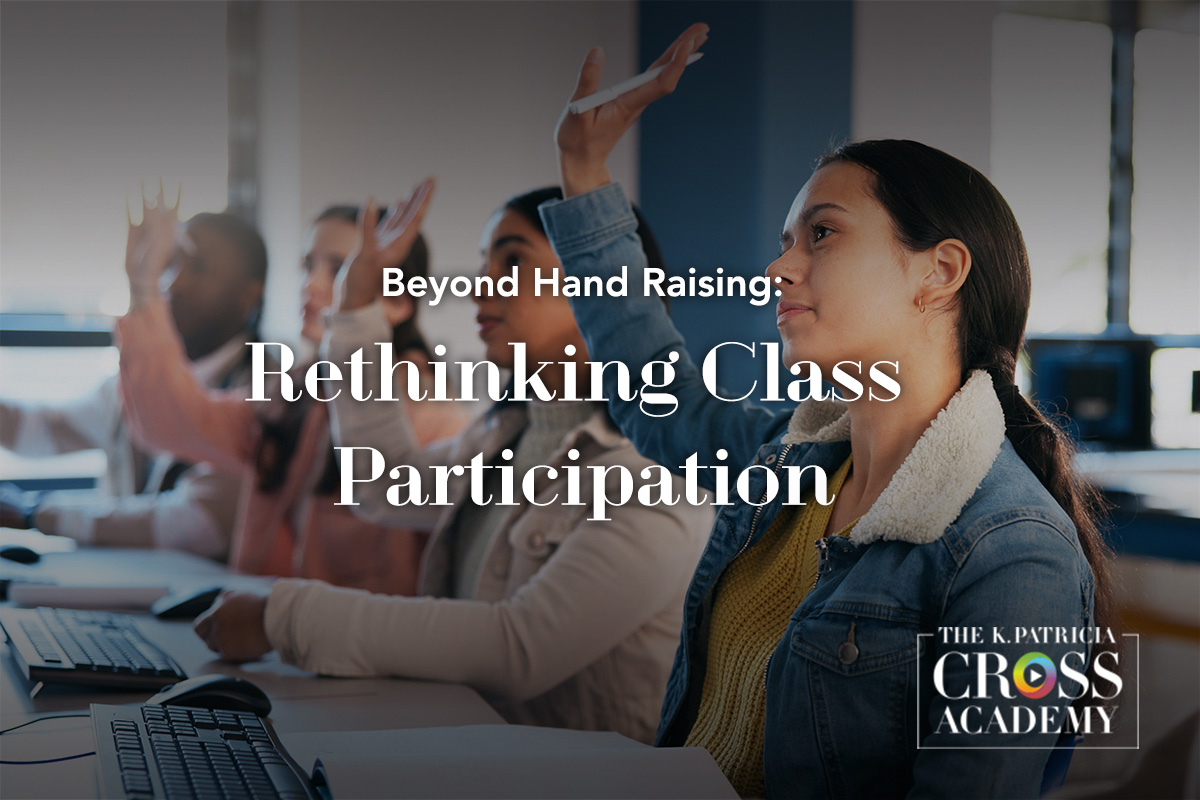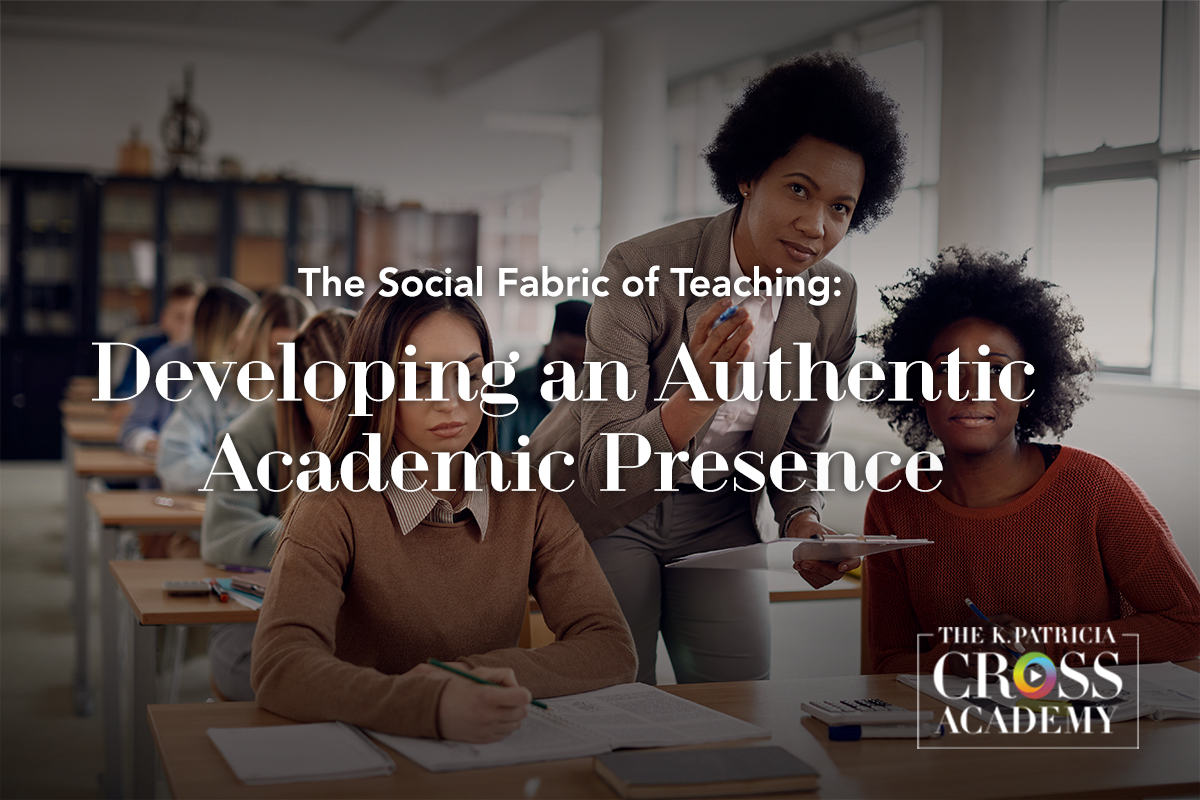
Inclusive teaching is pedagogy through which instructors strive to support and engage all students, regardless of their backgrounds, identities, or abilities. It is a pedagogical approach in which instructors recognize and affirm that a student’s differences are inherently connected to teaching and learning processes. They then work to create a learning environment in which all students can learn from the course materials and activities, their peers, and the instructor while remaining true to their authentic selves. Inclusive teachers work to disrupt traditional conceptions of who can succeed in the classroom and move beyond inequities that may attend common educational practices. Inclusive pedagogy builds on an instructor’s natural desire to ensure that students can fully participate and succeed in the learning process.
Why Adopt Inclusive Teaching?
There are many reasons to adopt an inclusive pedagogy, and as educators, we have a responsibility to do so. As Ambrose et al (2010) suggest,
Even though some of us might wish to conceptualize our classrooms as culturally neutral or might choose to ignore the cultural dimensions, students cannot check their sociocultural identities at the door, nor can they instantly transcend their current level of development… Therefore, it is important that the pedagogical strategies we employ in the classroom reflect an understanding of social identity development so that we can anticipate the tensions that might occur in the classroom and be proactive about them (Ambrose, et al., p. 169-170).
Students benefit from inclusive teaching because they feel safe and valued as they participate in an environment in which they are recognized, able to make relevant connections to their lives, and address their own unique concerns. Inclusive teaching enhances student motivation to try (Ambrose et al., 2010). In addition, students are more likely to succeed in activities tailored to their unique learning backgrounds, needs, and preferences.
Instructors also benefit from inclusive teaching as it allows them to connect to and engage with more students. This pedagogical framework also helps prepare instructors to handle “hot moments” that can arise in discussions about controversial materials or issues. In addition, understanding and using inclusive practices is gratifying because it establishes conditions necessary for all students to grow academically, socially, and emotionally.
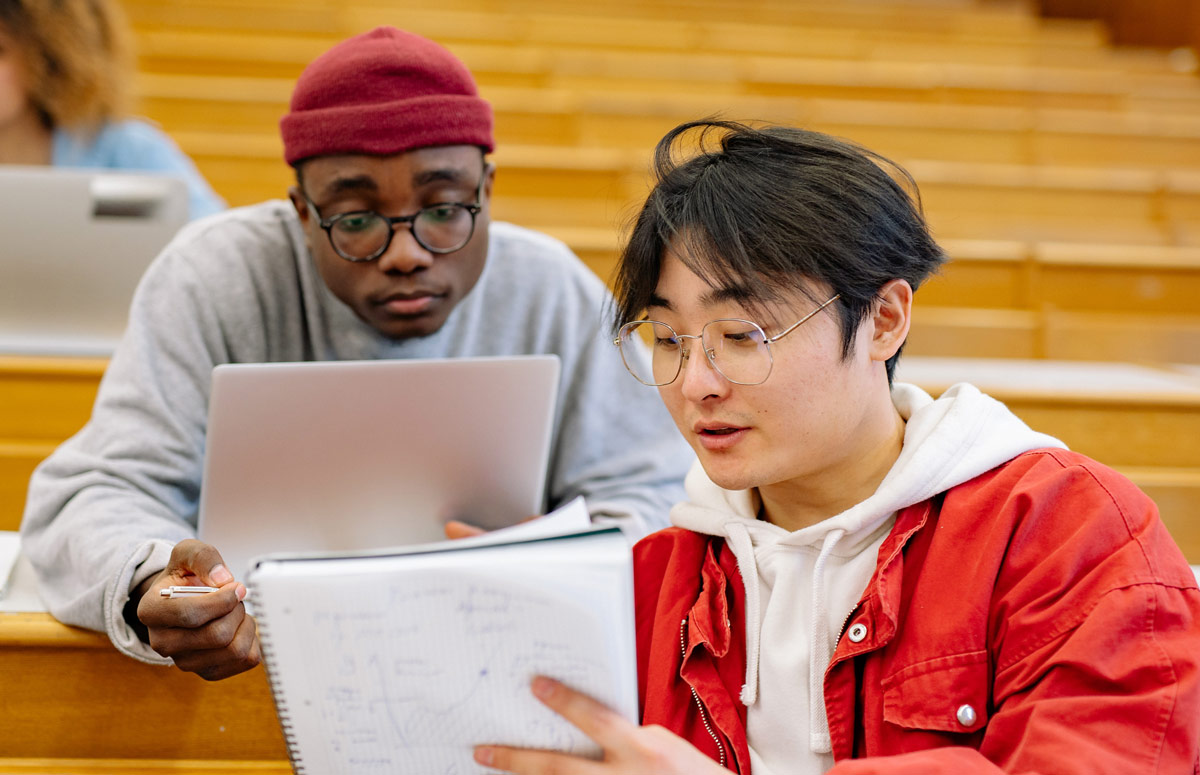
How to Create Inclusive Classrooms
Inclusive teaching is not easy. It means digging deeper into why imbalances in participation, success, and completion exist. It requires self-reflection and taking direct actions for change. It means accounting for issues such as unconscious bias or gender role stereotyping in the classroom. It means meeting students’ needs regardless of their backgrounds and abilities.
To adopt inclusive pedagogy, instructors necessarily engage in examining their own bias and awareness. It also requires ongoing curriculum and content review, and expanding one’s knowledge of diverse content and inclusive practices (Salazar et. al, 2009). In particular, inclusive teaching encourages addressing a variety of concerns such as the following (Cornell, nd):
- How could your personal cultural assumptions affect interactions with students?
- How could different student characteristics affect their motivation, engagement, and learning?
- How might redesigning your course materials, teaching approaches, teaching techniques, assignments, or assessments encourage broader participation and success?
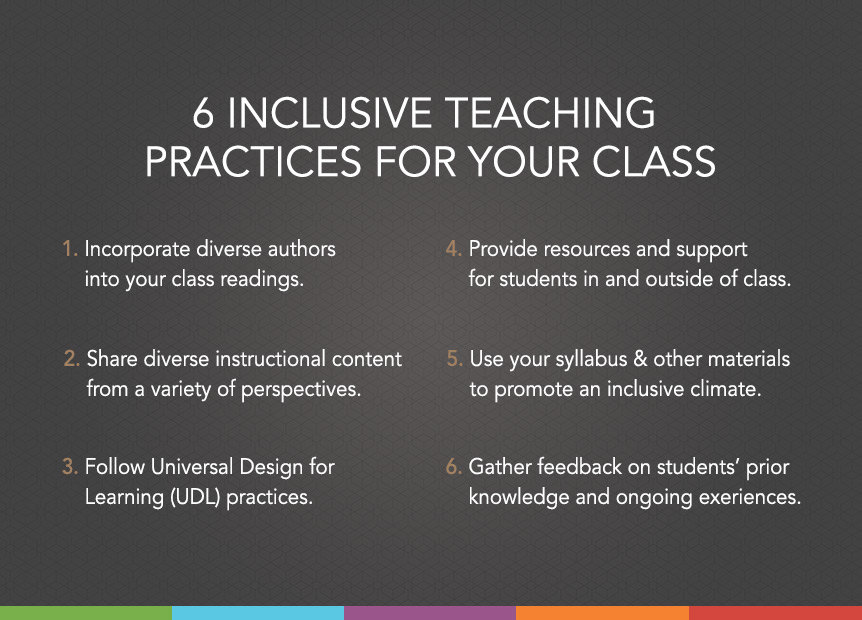
What Are Some Inclusive Practices?
While inclusive teaching is a pedagogy and not a specific set of strategies, there are some instructional strategies that can contribute to an overall inclusive course. For example, faculty can:
- Incorporate diverse authors into the readings. This practice means expanding readings to include diverse ethnic and racial perspectives in case studies.
- Share diverse instructional content. This practice suggests that faculty should ensure that lectures and slide decks and other course materials include examples of a variety of perspectives.
- Follow Universal Design for Learning (UDL) practices. This practice means providing students with multiple means of engagement, representation, and action and expression. For more information, see the following website: https://udlguidelines.cast.org.
- Provide support. This approach suggests that instructors should structure courses to support students, such as by providing regular and accessible office hours, offering additional learning resources, incorporating formative assessment, creating multiple opportunities for receiving graded feedback, and including reliable communication practices, such as email or discussion boards.
- Cultivate an inclusive climate. This practice suggests that instructors use the syllabus and other communication tools to share policies that promote an inclusive environment (e.g., include a diversity statement, explain teaching approaches, set class ground rules for respectful communication).
- Gather student feedback. This approach means that instructors should gather information about students’ prior knowledge, their ongoing progress, and their levels of course satisfaction through tools such as observation, online surveys, and focus groups.
What are Some Inclusive Cross Academy Techniques?
Instructors can also strive to create an inclusive environment by adapting several instructional practices that appeal to more universal experiences (Barkley & Major, 2022). Consider the following techniques:
Students complete a short, simple, focused questionnaire that helps teachers identify the best starting point for the class as a whole. This technique allows faculty to gather information about students’ prior knowledge or attitudes that can help them reach all learners.
Students use computer-based tools, such as video, audio, graphics, and web publishing, to tell personal or academic stories about life experiences relevant to course themes. This technique allows students to share their own contexts and allows teachers to better understand them and adapt instruction accordingly.
Students look for recent events or developments in the real world that are related to their coursework, then analyze these current affairs to identify the connections to course material in entries that they write in a journal. This technique allows students to bring their own perspectives into the classroom and connect course content with real events that are meaningful to them.
Students work in small groups to develop knowledge about a given topic before teaching what they have learned to another group. This technique helps students of different backgrounds learn to work together and better appreciate unique contributions that all students bring the a given course.
Suggested Readings
Given the importance of the topic, it is hardly surprising that there are several new books that address inclusive teaching in depth. The following books share useful perspectives and suggestions:
- Addy & Mitchell. (2021). What inclusive instructors do: Principles and practices for excellence in college teaching. Stylus.
- Hogan & Sathay. (2022). Inclusive teaching: Strategies for promoting equity in the college classroom. West Virginia University Press.
- Oleson (2020). Promoting inclusive classroom dynamics in higher education: A research-based pedagogical guide for faculty. Stylus.
Email us to receive information about new blog posts.
Citations
Ambrose, S.A. et.al. (2010). How learning works seven research-based principles for smart teaching. Jossey-Bass.
Suggested Citation
Barkley, E. F., & Major, C. H. (n.d.). Inclusive teaching: Teaching for all to learn. CrossCurrents. https://kpcrossacademy.ua.edu/inclusive-teaching-teaching-for-all-to-learn/
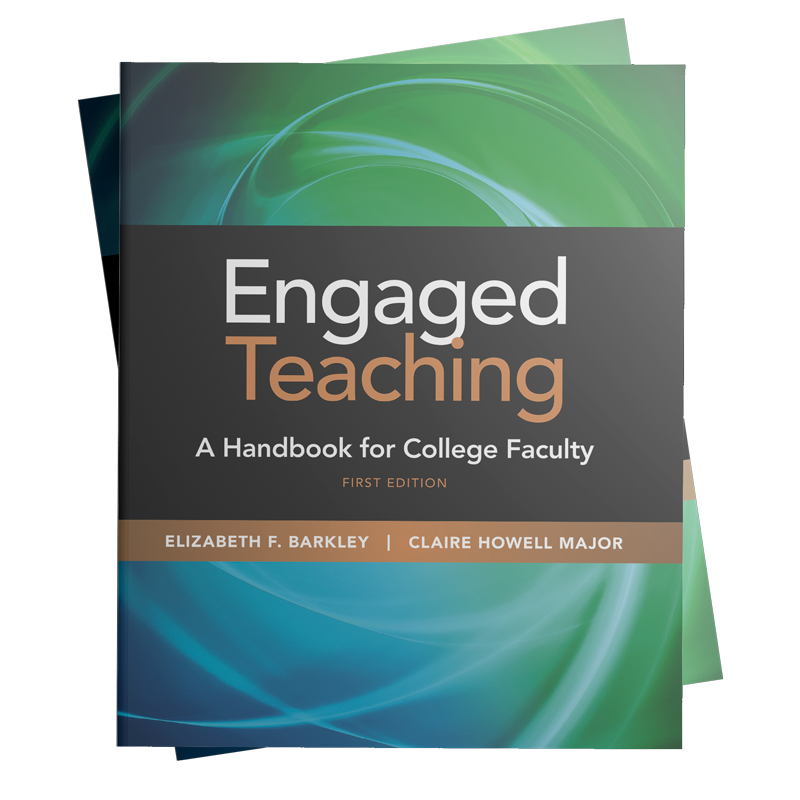
Engaged Teaching
A Handbook for College Faculty
Available now, Engaged Teaching: A Handbook for College Faculty provides college faculty with a dynamic model of what it means to be an engaged teacher and offers practical strategies and techniques for putting the model into practice.

